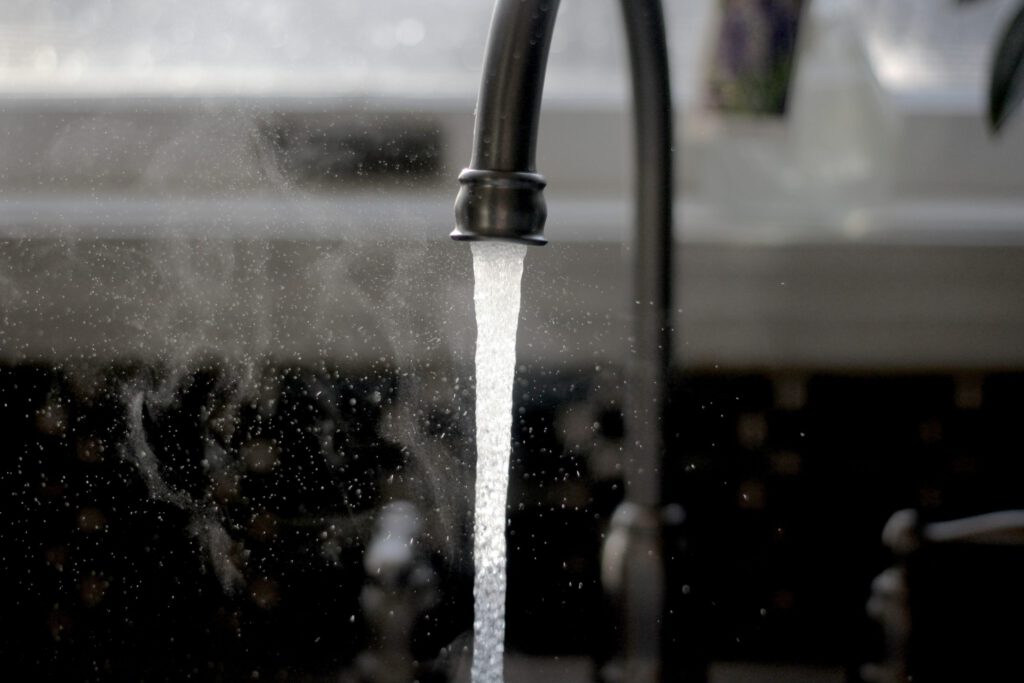One of the most important assets in your facility is your HVAC unit. It keeps your staff and customers cool and comfortable in the summer and warm and cozy in the winter. But like any other asset, your HVAC unit needs regular maintenance to keep it running in optimal order. To help you keep up with its needs, we have created an HVAC Preventative Maintenance guide to get you started.
Getting Started. Understanding Preventative Maintenance.
A preventative maintenance program, or PM program, is a schedule of regular inspections and cleanings designed to keep your HVAC units in optimal condition and catch any potential problems before breakdown occurs. Keeping up with your preventative maintenance program comes with great benefits such as:
- Improved efficiency: A well-maintained HVAC unit uses less energy to cool and heat your facility, saving you money on your energy bills.
- Extended lifespan: Regular maintenance extends the lifespan of your assets. By fixing minor problems before they become big ones, you avoid costly repairs and replacements later.
- Better indoor air quality: A well-maintained HVAC unit improves the indoor air quality in your facility by filtering out dust, pollen, and other allergens from the air.
- Reduced risk of breakdowns: Regular maintenance reduces the risk of your HVAC unit breaking down because your technician will identify and fix potential problems before they cause downtime for your facility.
Setting Up an HVAC PM Program and Who to Partner With
The best way to start setting up a PM program for your HVAC unit is by partnering with a knowledgeable facility maintenance management company, such as SLM Facility Solutions Nationwide, or hiring a qualified HVAC technician. They will be able to inspect your system and identify any potential problems before breakdowns occur. Also, they will be able to recommend a maintenance schedule that is right for your system.
When deciding who to partner with to maintain your units there are a few things to consider.
- Experience. Do they do residential or commercial work? How long have they worked with HVAC units? How do they stay up to date with training?
- Emergency Response. What is the typical wait time between your initial call and the technician getting on-site to fix it?
- Licensed and Insured. Are they certified to work on HVACs?
General Seasonal Preventative Maintenance Checklist for HVAC Units
After you select a facility maintenance management company or HVAC technician to work with, you’ll begin building out your HVAC Preventative Maintenance Program. Your partner will help guide you, but it’s important for you to have the basics down. Be sure to include the following to your seasonal PM checklist to keep your HVAC system running efficiently and effectively.
Spring
- Replace the air filter. This is one of the most important things you can do to keep your HVAC system running efficiently and effectively.
- Clean the condenser coil. The condenser coil is responsible for releasing heat from the refrigerant. Over time, the coil becomes dirty and clogged with dust, dirt, and debris reducing the efficiency of your HVAC system.
- Check the refrigerant level. The refrigerant is the substance that circulates through your HVAC system and absorbs heat. If the refrigerant level is low, your system will not be able to cool effectively.
- Inspect the ductwork. The ductwork is responsible for distributing the conditioned air throughout your facility. Over time, the ductwork can develop leaks and cracks, which reduces the efficiency of your HVAC system.
- Check Parts. Check the blower apartments, wheels, motor, and electrical connections.
Fall
- Replace the air filter. This is just as important in the fall as it is in the spring.
- Clean the furnace filter. The furnace filter is responsible for filtering the air that is heated by the furnace. Over time, the filter becomes dirty and clogged with dust, dirt, and debris. Ultimately reducing the efficiency of your furnace and making it work harder.
- Inspect the heat exchanger. The heat exchanger transfers heat from the combustion chamber to the air. If the heat exchanger is cracked or damaged, it can leak carbon monoxide into your facility.
- Test the carbon monoxide detector. Carbon monoxide is a colorless, odorless gas that can be fatal if inhaled.
- Check Parts. Check the blower apartments, wheels, motor, and electrical connections.
Need Help Keeping Up with Your PM Program?
You understand why a preventative maintenance program for your HVAC unit is essential to your facility. You also have some key questions to ask your potential facility maintenance management company or HVAC technician to ensure they fit your needs. Plus you have some basic Spring and Fall General PM Checklists. Now it’s time to put it all into practice.
Need assistance getting your program set up or running it? Contact SLM Facility Solutions today. We have over 25 years of experience helping facilities, just like yours, nationwide manage their facility maintenance needs including HVAC, Backflow, Grease Trap, Waste & Recycling. We are your One Company. One Call. Your Advantage for all your facility maintenance needs.



